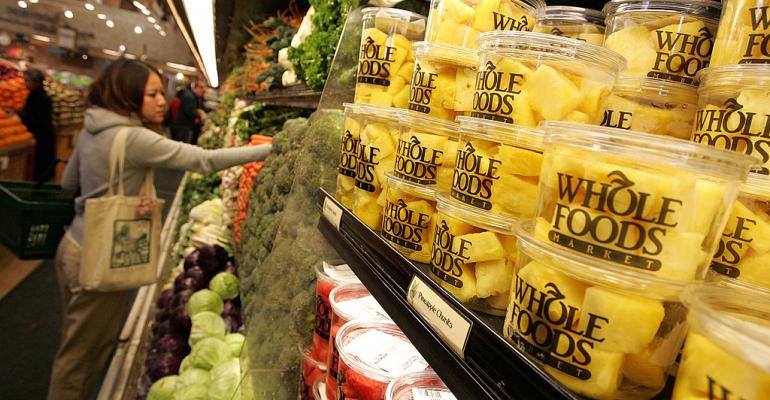Amazon’s purchase of Whole Foods last week sent shockwaves through the grocery industry—and now the real estate industry is fired up. The effects of this major real estate play will unfold in the coming years, and it reinforces the fact that brick-and-mortar retail is not dead. In fact, it’s the key to sustainability in this volatile retail marketplace.
Real estate developers and investors are about to get busy thanks to Amazon’s acquisition of Whole Foods. With Amazon’s focus on solving the “last mile” dilemma, this deal shows that Amazon sees brick-and-mortar investment as the answer. For retail to survive, there must be a balance between the accessibility of brick-and-mortar and the speed of direct sales.
Growing the Whole Foods footprint
Amazon will change the current model of Whole Foods—and the grocery industry for that matter—in a way that should excite real estate developers and investors. Logistically, Amazon is looking for more ways to get the end product to consumers as quickly and inexpensively as possible, and they know that the only way to do that is to increase the number of locations. Present day, Whole Foods has more than 450 stores in primarily upper-middle class neighborhoods—often with little space for expansion. It’s to be seen if Amazon uses these existing stores as distribution centers themselves, or simply leverages these locations to increase the exposure of its AmazonFresh services. Regardless of how current stores will be utilized, Amazon is going to need to create many new stores, and quickly. When competitor brands like Kroger report more than 3,000 store locations, it shows how small the Whole Foods footprint is in comparison and how much room there is to grow.
This means vast opportunity for developers because we’re going to see Amazon opening new stores in new markets. Before this deal, Amazon had not been in the brick-and-mortar business outside of distribution centers and bookstores. But that example alone—Amazon’s transformation of bookstores—demonstrates how it’s willing to take risks, simplify the customer experience and shatter the competition.
With its broader presence in the grocery industry through the Whole Foods deal, not only will we see Amazon more present in the real estate development world, but also when it is, we are going to see the financial backing from Amazon to make these deals profitable for current owners. And if Amazon starts leasing locations, those owners are going to enjoy the stability that comes with having Amazon as a tenant.
Evolving current stores
Another major consideration for real estate developers and investors is that Amazon must reconfigure its current store site plans for each of its locations to make grocery pick-up quick and efficient. Many current Whole Foods stores are in locations with limited parking space, so this could create problems for current building owners. While service industries and developers have a lot of work ahead to help Whole Foods evolve, it means there will be immense opportunity to help grocers adjust because of this deal, and more importantly, to enable them to meet consumer demand.
The bottom line is this: The Amazon-Whole Foods deal should increase confidence in real estate investors and buyers. We’re seeing loud and clear that retail is going to continue to invest in brick-and-mortar in order to keep up with consumers who want their products faster than ever before. When Amazon’s solution to the “last mile” is increasing its footprint on the ground, it means opportunity for real estate investors.
Ken Gold is the CEO of Skilken|Gold, a national real estate developer. Additionally, he is an adjunct professor for graduate courses in real estate finance and development at The Ohio State University.

